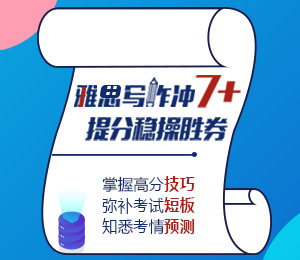雅思听力True/False的练习方法
2017-12-07编辑: 天空来自: 互联网
雅思听力真假题(True/False)属于常考题型,很多同学都认为此类题型很简单,但从实际情况来看,往往得分率最低的就是此类题目,为此小编特收集整理雅思听力真假题(True/False)练习方法,分享给大家,希望对大家有所帮助,文中观点仅供参考。
通常真假题的选择是“True/False/Not mentioned”或“Accurate/Inaccurate/Not Given” 请熟悉以下一些字句,不要因搞不清意思而答错问题
- must - usually - certainly - can/may only - absolutely essential - can - should - necessary to - need to - should not (shouldn’t) - will - won’t - unnecessary to - need not (needn’t) - it is optional - may - might - have to - sometimes - it is possible - yet - always - cannot (can’t) - not required to - strictly prohibited - never - could - often - ought to - don’t have to - but - however - an exception is - on the other hand - must not (mustn’t)

有时候,您认为最有把握听得出来的答案往往有错。如您不小心听清楚的话,只差一两个字意思便会刚刚相反,有时候,讲者讲出来的跟答案完全一样,但要是您不留心还是会出错,请看以下例子:
问题:The Macintosh computer network can only be used A I N by second and third year students.
声带内容:“The Macintosh computer network is reserved for second and third year students only ...” 考生听到这里为止会认为答案是对的,但句子的后部是:“... unless you are a first year student of the Graphic Design course.” 因此作答时要小心,不要分神。
在聆听雅思听力真假题(True/False)之前,您应:
细心地阅读题目指示
注意看和听例句
在聆听雅思听力真假题(True/False)时,您应:
认清您须留意的关键词或句,知道什么时候轮到什么问题
清楚答案的意思,知道主要说话的人有没有改变主意
在聆听雅思听力真假题(True/False)完毕后,您应:
肯定您的答案能清楚地让人看得明白
猜测所有听不到或不懂的答案,千万不要留空。
以上就是雅思听力真假题(True/False)的相关介绍,认真辨别,并在答题前,答题时,答题后都能够恰当的运用相应技巧,将可以答对,最后祝大家都能考出好成绩。
精彩推荐:

相关阅读

-
预约雅思水平在线测试
获取0元体验课程












